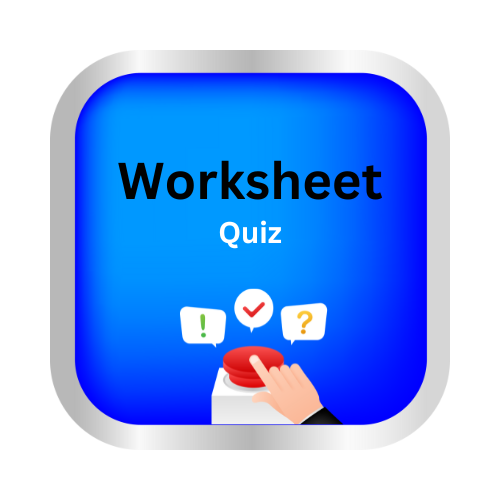Commas with direct addresses and after introductory words
key notes:
Commas with Direct Addresses
- Use a comma when directly addressing someone in a sentence. This shows who you are speaking to. Examples:
- Correct: “Can you help me, Sarah?”
- Correct: “Mom, I finished my homework.”
- Incorrect: “Can you help me Sarah?”
Commas After Introductory Words
- Use a comma after introductory words or phrases at the beginning of a sentence. These words often tell when, where, or how something happens. Examples:
- Correct: “First, we will eat lunch.”
- Correct: “Yesterday, I went to the park.”
- Incorrect: “First we will eat lunch.”
Summary of Key Points:
- Use a comma:
- After direct addresses to separate the name from the rest of the sentence.
- After introductory words or phrases to make the sentence clear.
Practice Examples:
Incorrect: “Hello John how are you?”
- Correct: “Hello, John, how are you?”
Incorrect: “After the game we went out for ice cream.”
- Correct: “After the game, we went out for ice cream.”
Incorrect: “Thank you grandma for the gift.”
- Correct: “Thank you, Grandma, for the gift.”
let’s practice!

